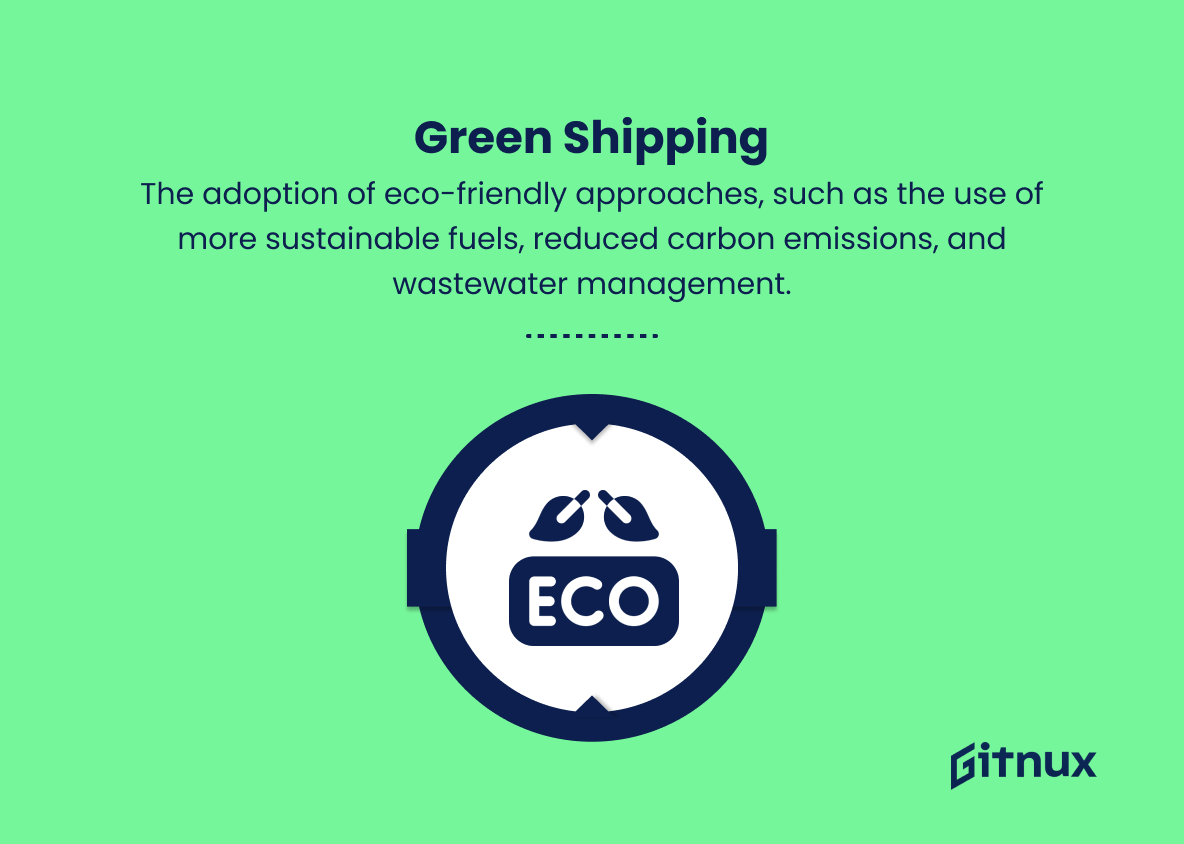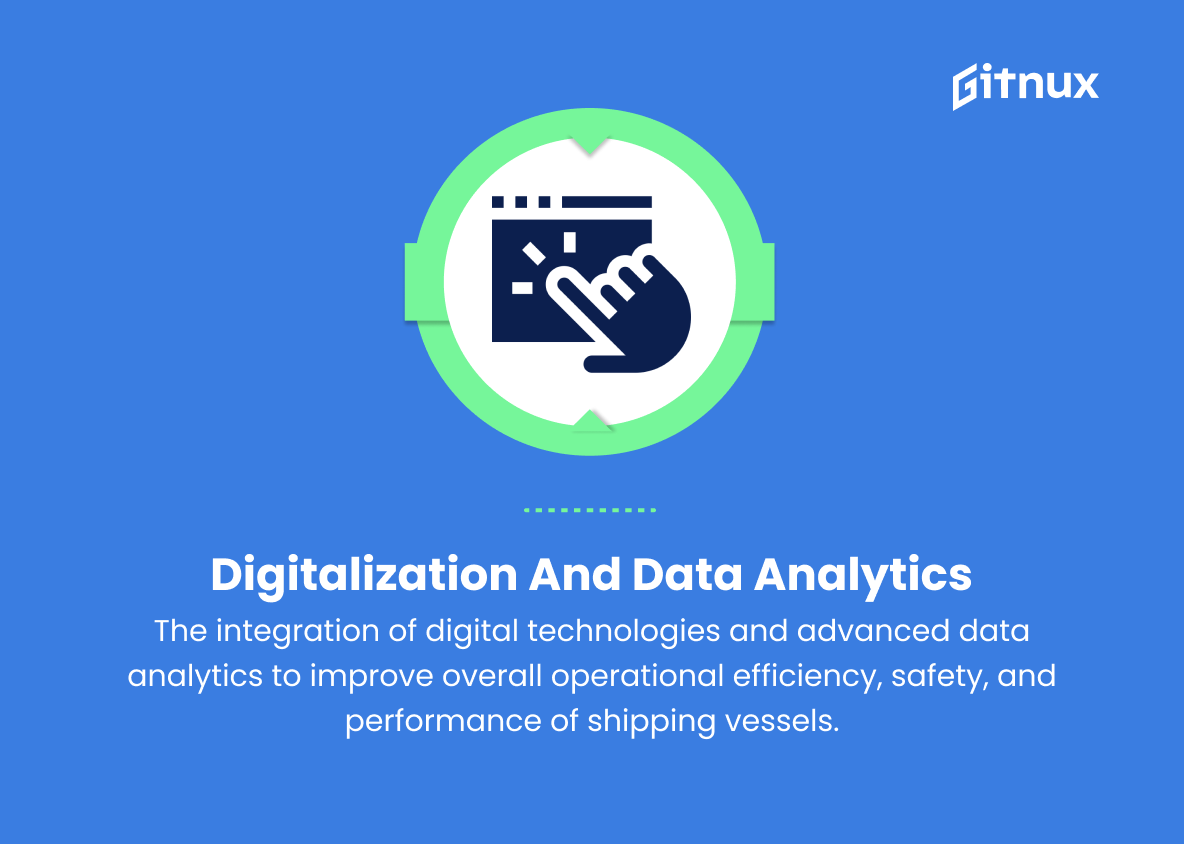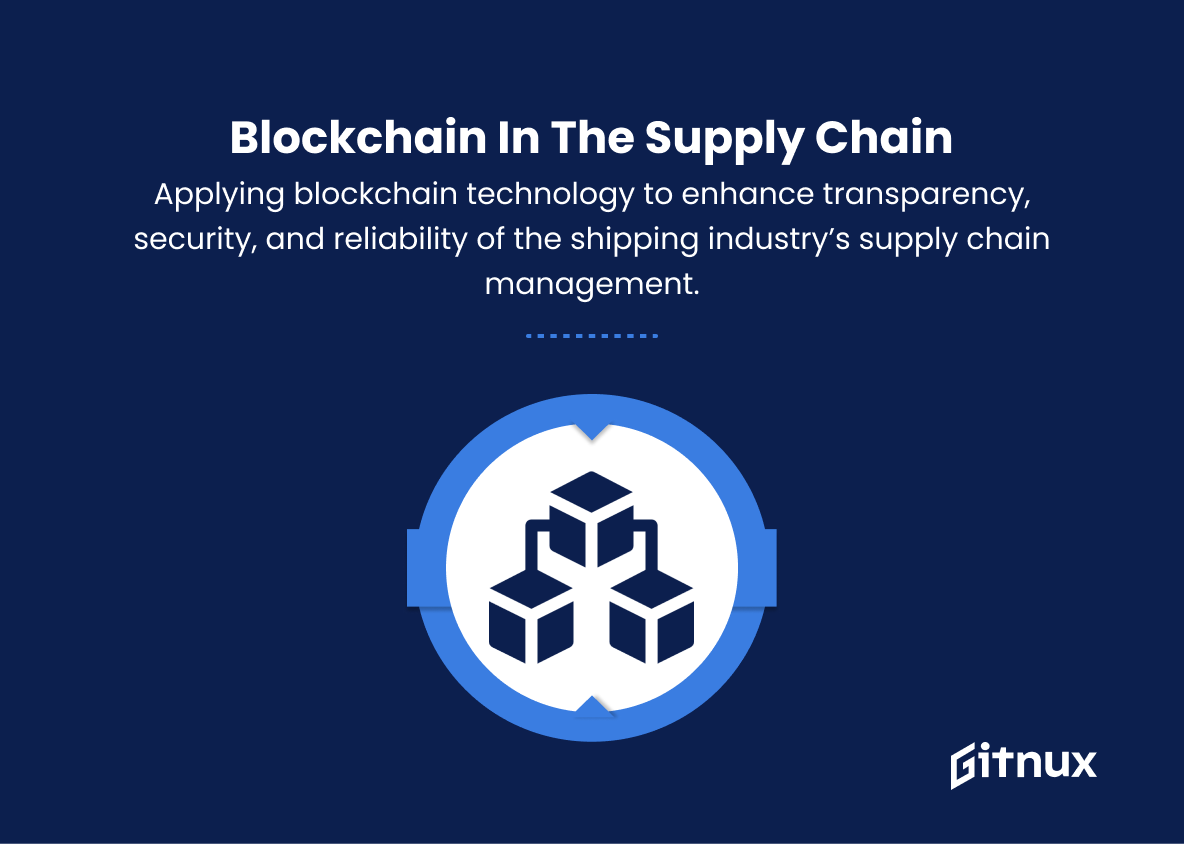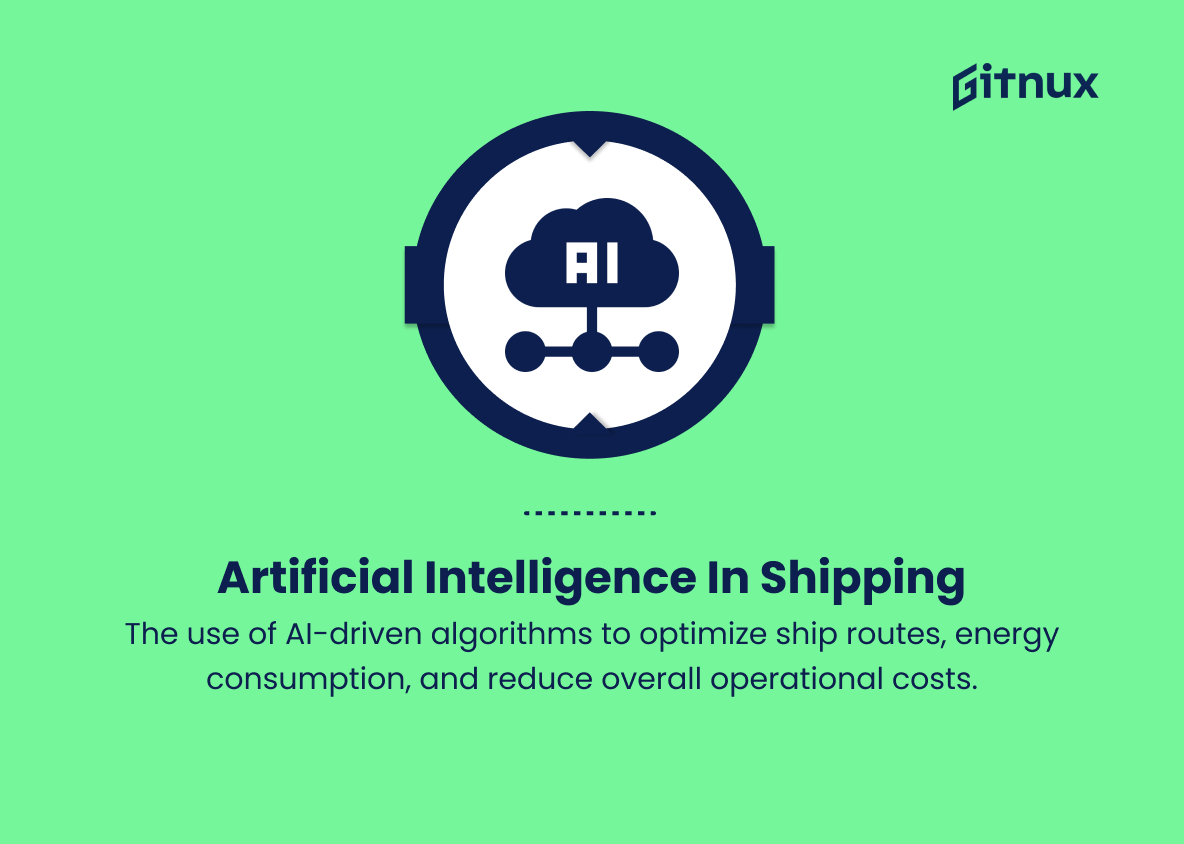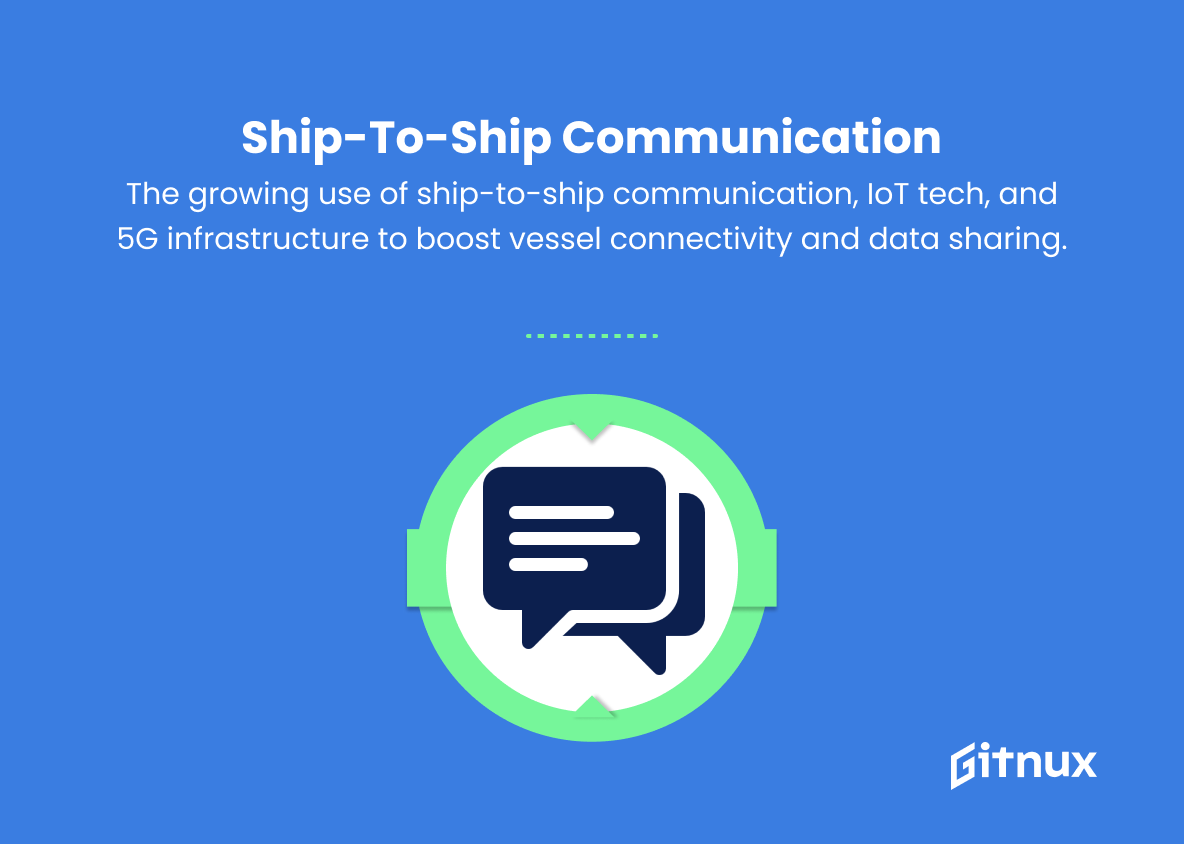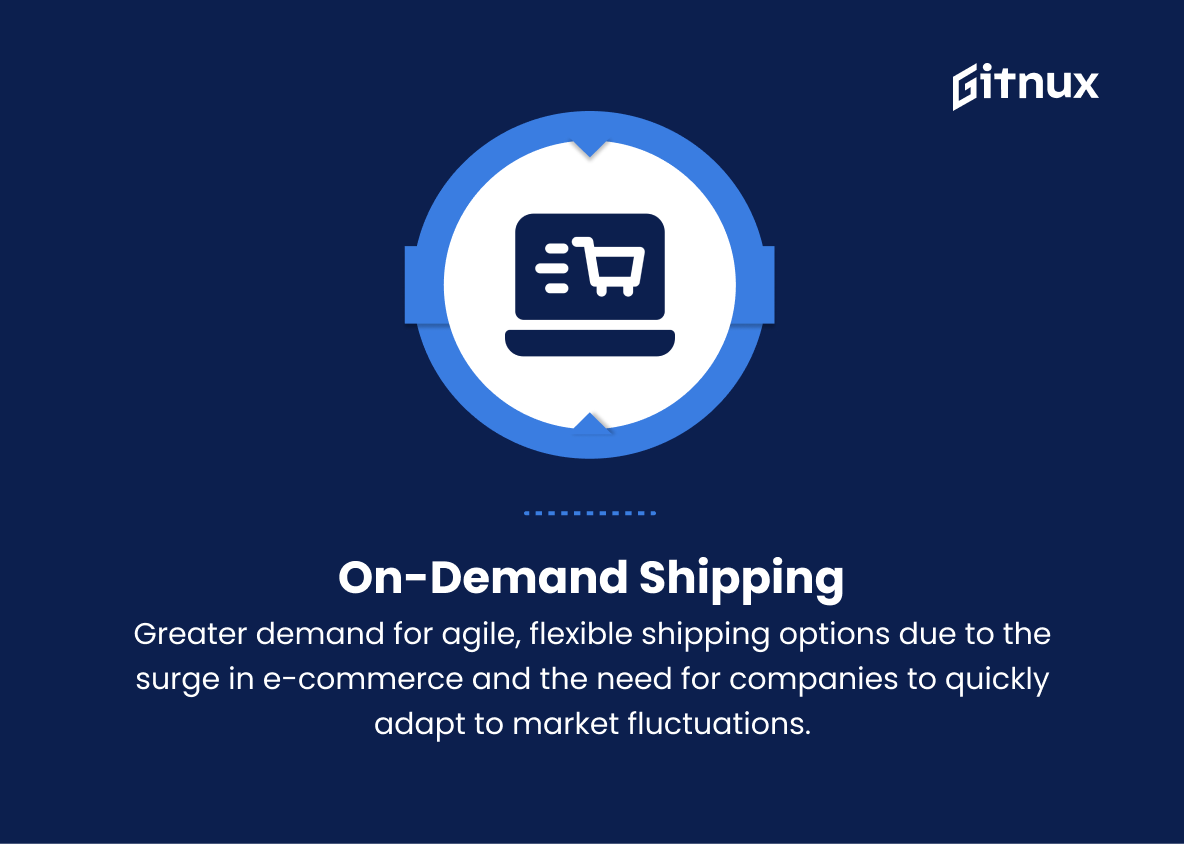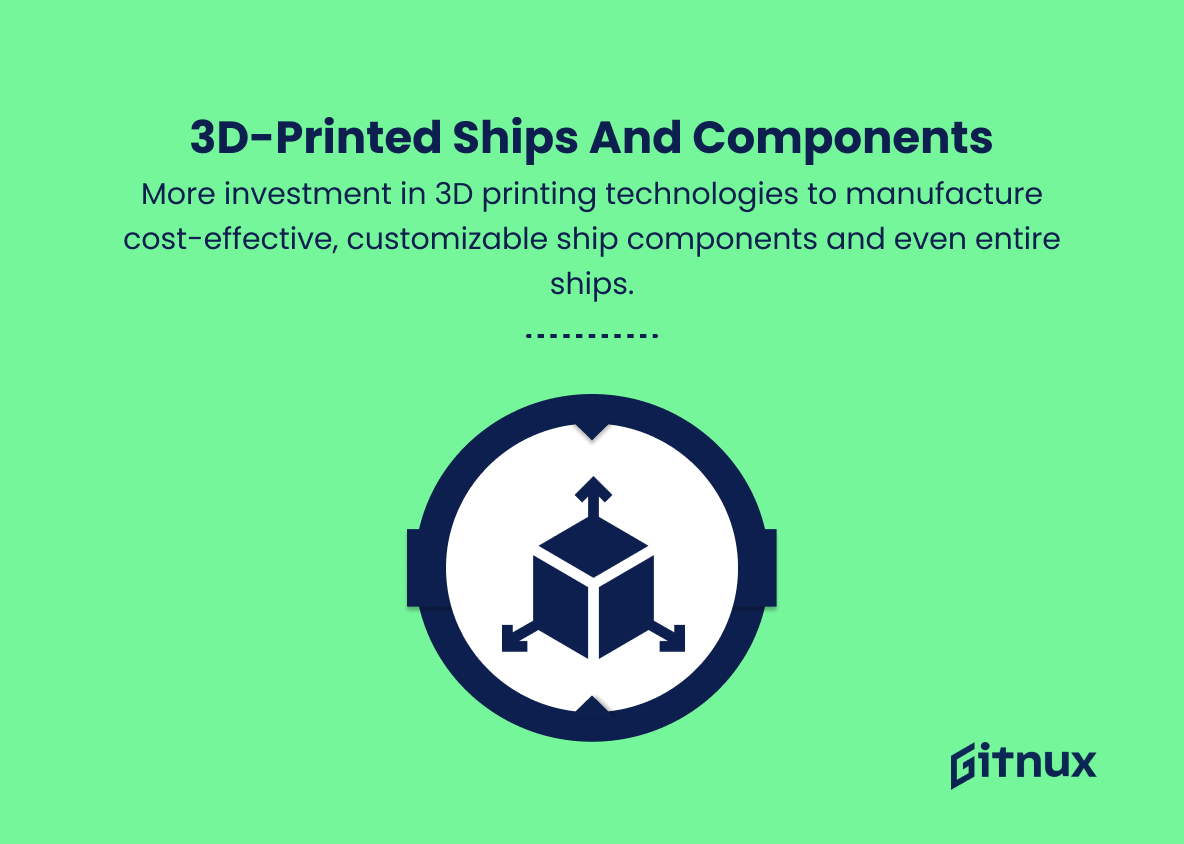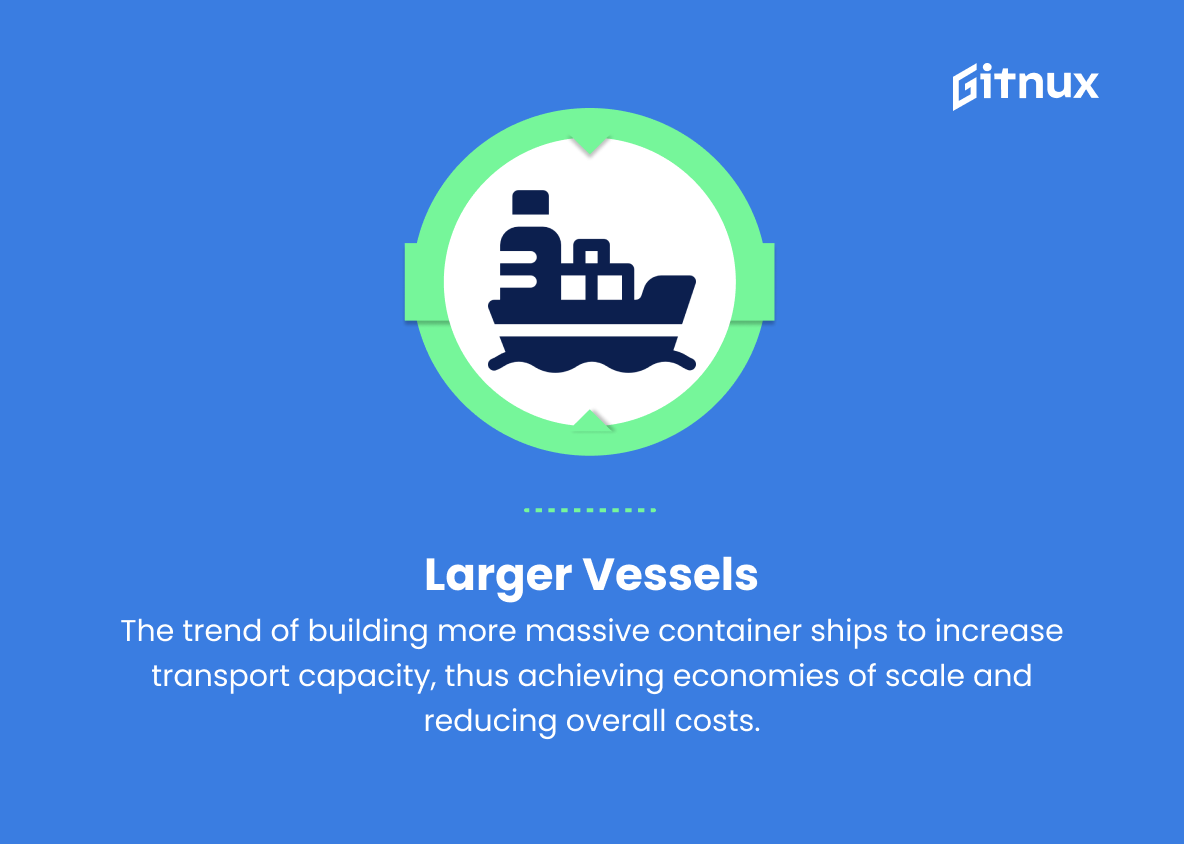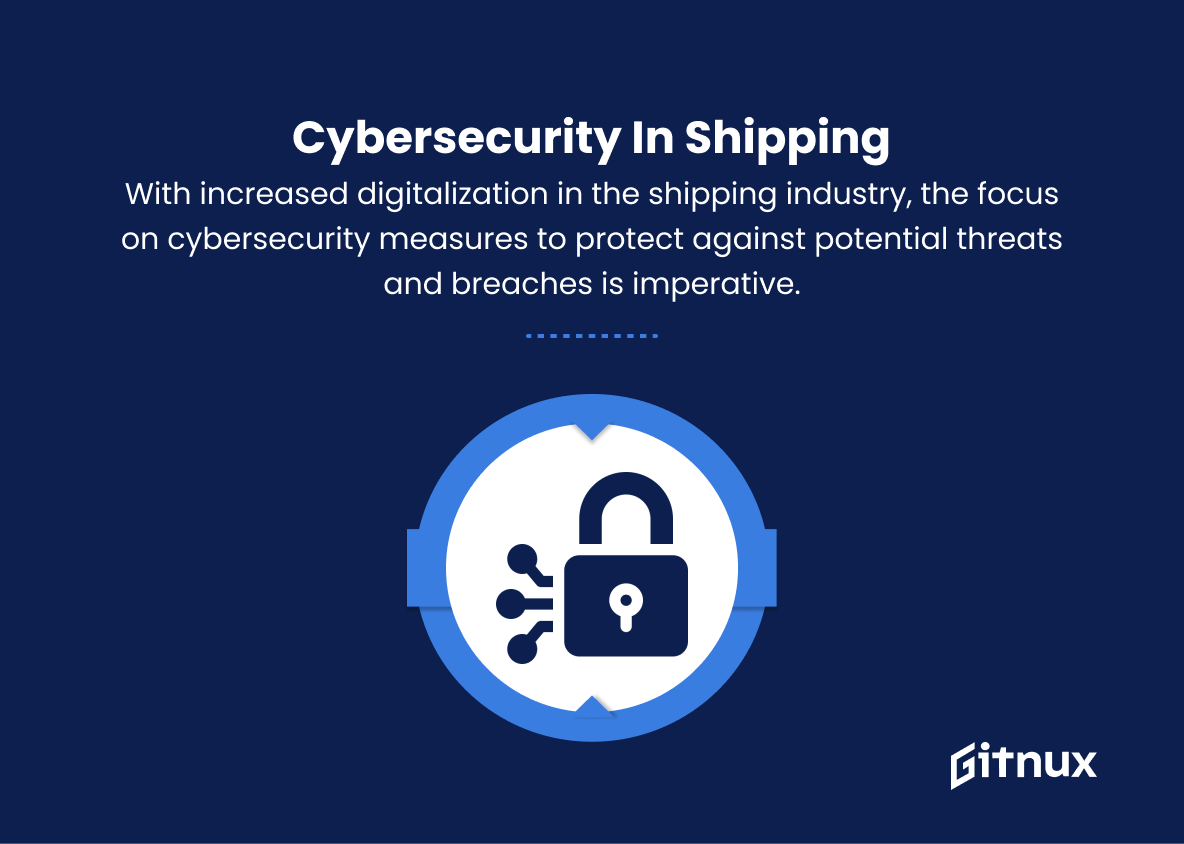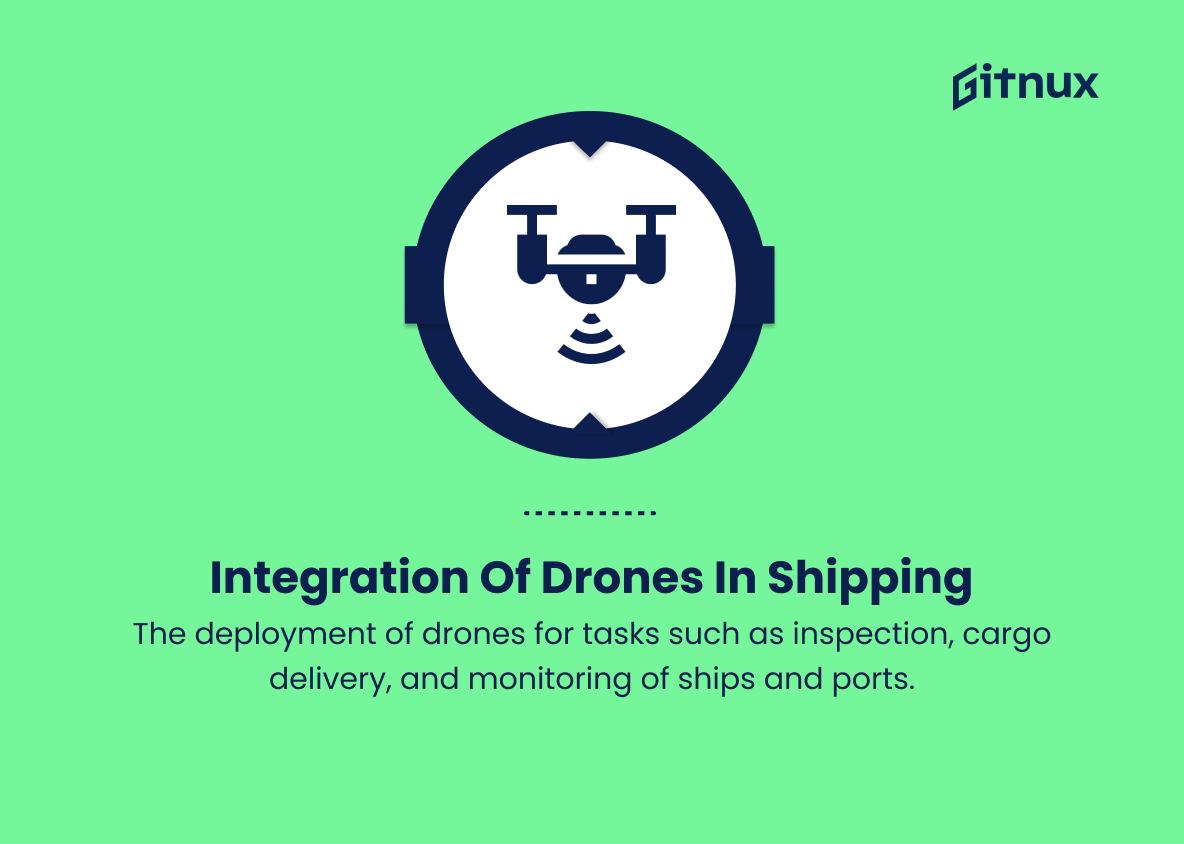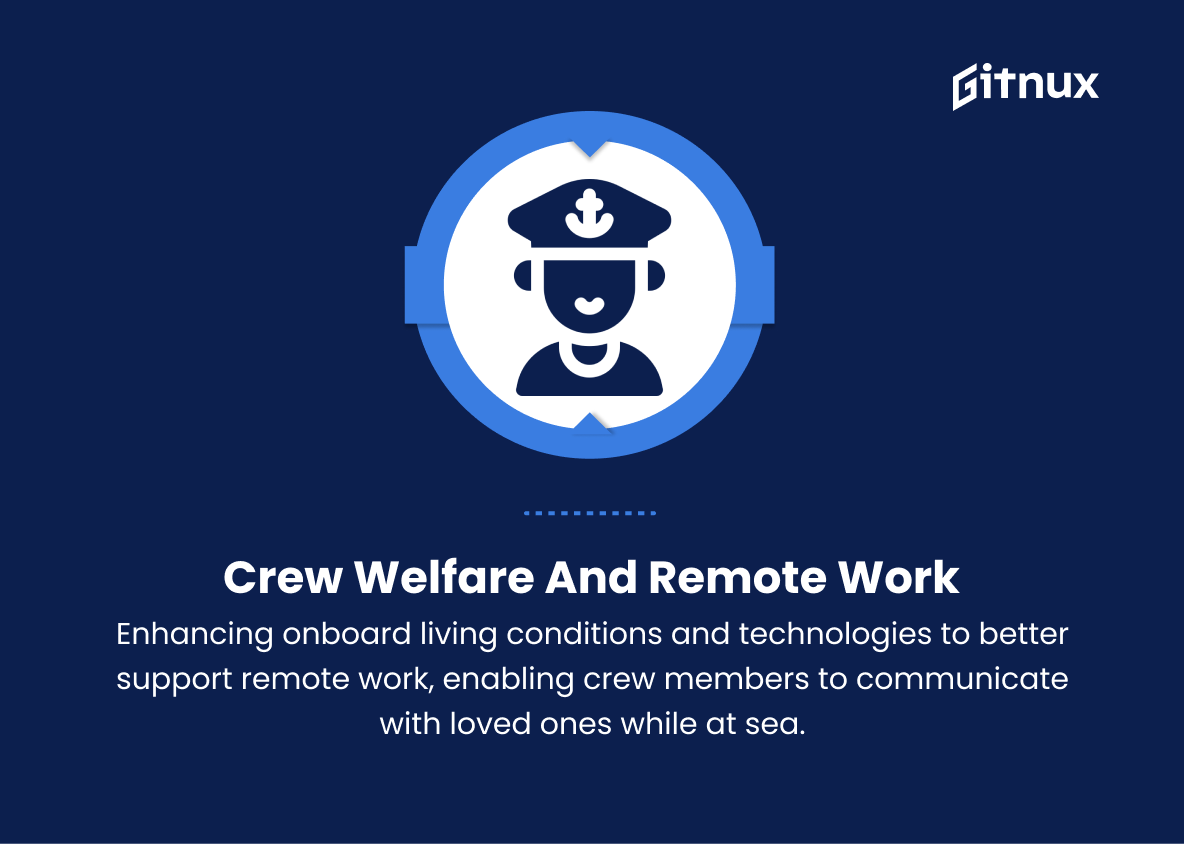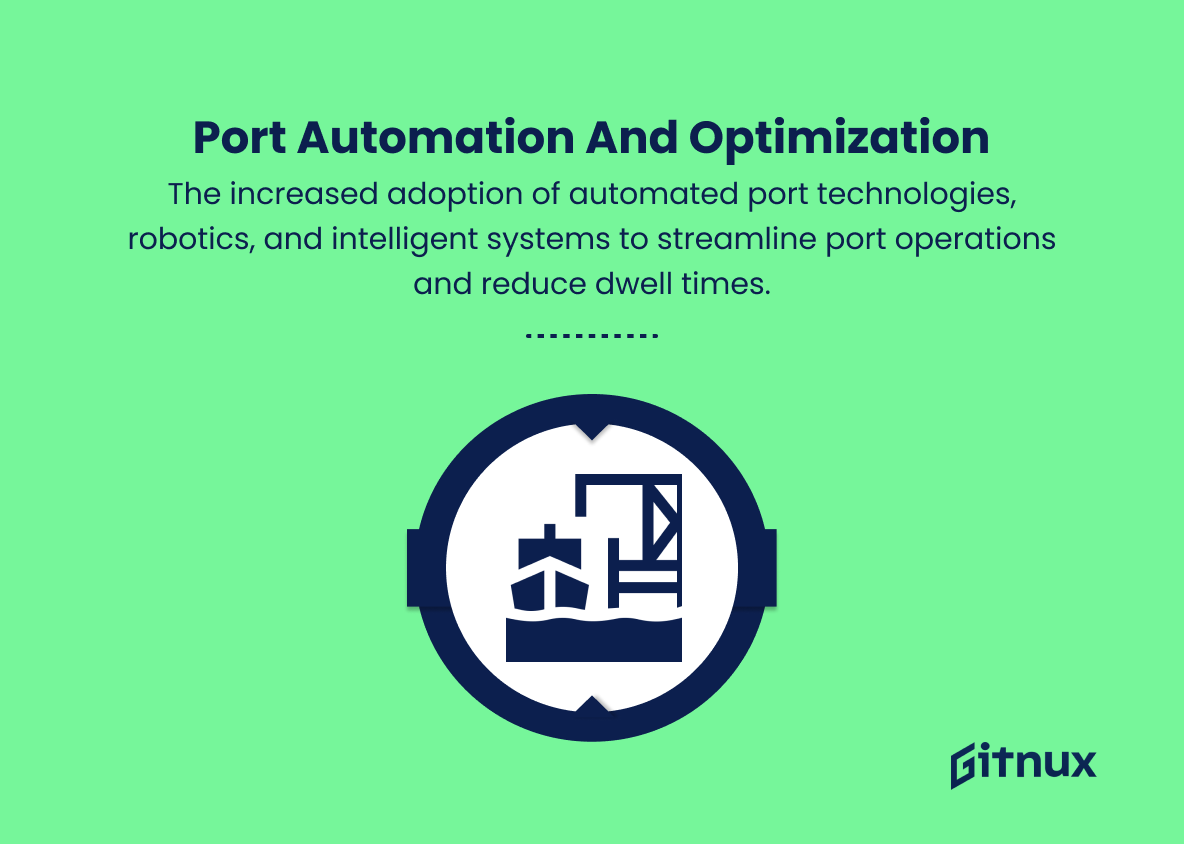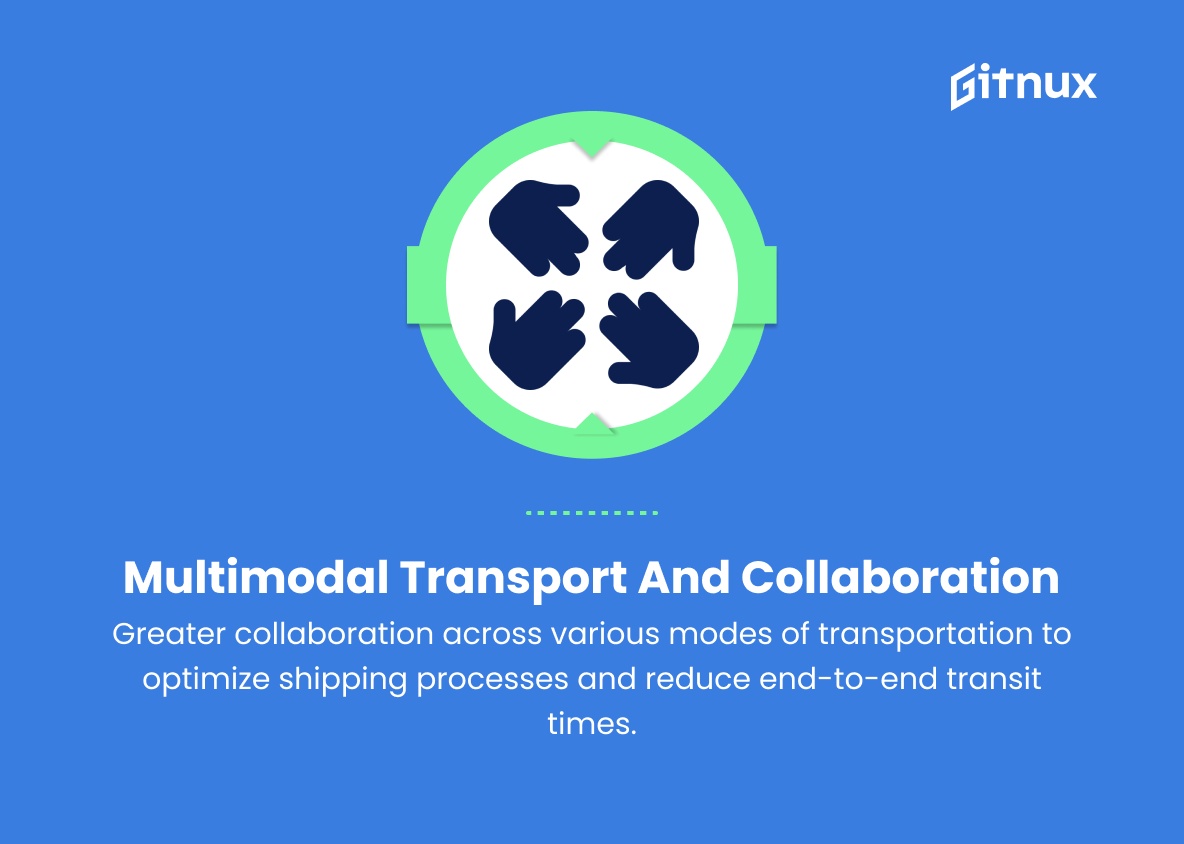In an increasingly globalized world, the transportation and logistics industry plays a crucial role in facilitating seamless trade and commerce between countries, companies, and consumers.
The shipping trends that emerge from this dynamic industry are keen indicators of business growth, operability, and profitability.
With supply chain disruptions, technological advancements, and evolving consumer preferences significantly influencing the efficiency and effectiveness of shipping processes, it is imperative to stay updated on the latest trends in the sector.
As a serious and knowledgeable reader, exploring these emerging paradigms can be the catalyst for your business’s transformation and sustainable growth.
In this blog post, we delve deep into the crucial shipping trends and dissect their immediate and long-term implications on the global logistics landscape – empowering you with essential insights and actionable strategies for the future.
Top Shipping Trends
1. Autonomous shipping
Increased focus on developing fully autonomous ships that can navigate and operate without human intervention.
2. Green shipping
The adoption of eco-friendly approaches, such as the use of more sustainable fuels, reduced carbon emissions, and wastewater management.
3. Digitalization and data analytics
The integration of digital technologies and advanced data analytics to improve overall operational efficiency, safety, and performance of shipping vessels.
4. Blockchain in the supply chain
Applying blockchain technology to enhance transparency, security, and reliability of the shipping industry’s supply chain management.
5. Artificial intelligence in shipping
The use of AI-driven algorithms to optimize ship routes, energy consumption, and reduce overall operational costs.
6. Ship-to-ship communication and connectivity
The increasing reliance on ship-to-ship communication systems, Internet of Things (IoT) technology, and 5G infrastructure to enhance connectivity and data sharing between vessels.
7. On-demand shipping
Greater demand for agile, flexible shipping options due to the surge in e-commerce and the need for companies to quickly adapt to market fluctuations.
8. 3D-printed ships and components
More investment in 3D printing technologies to manufacture cost-effective, customizable ship components and even entire ships.
9. Larger vessels
The trend of building more massive container ships to increase transport capacity, thus achieving economies of scale and reducing overall costs.
10. Cybersecurity in shipping
With increased digitalization in the shipping industry, the focus on cybersecurity measures to protect against potential threats and breaches is imperative.
11. Integration of drones in shipping
The deployment of drones for tasks such as inspection, cargo delivery, and monitoring of ships and ports.
12. Safety enhancements
The implementation of advanced safety systems and technologies to improve crew and vessel safety and anticipate potential risks.
13. Crew welfare and remote work
Enhancing onboard living conditions and technologies to better support remote work, enabling crew members to communicate with loved ones while at sea.
14. Port automation and optimization
The increased adoption of automated port technologies, robotics, and intelligent systems to streamline port operations and reduce dwell times.
15. Multimodal transportation and collaboration
Greater collaboration across various modes of transportation to optimize shipping processes and reduce end-to-end transit times.
Implications
In the near future, the shipping industry will undergo significant transformation, driven by key trends such as autonomous shipping, green shipping, digitalization, and the integration of advanced technologies like AI, blockchain, and IoT.
As a result, we can expect a more efficient, eco-friendly, and cost-effective global shipping network. The adoption of autonomous ships will reduce labor costs and human error, while green shipping initiatives will help preserve the environment through sustainable fuel usage and emission reduction.
Digital technologies and data analytics will enhance operational efficiency and safety, while blockchain applications will promote a more secure and transparent supply chain management.
The implementation of AI, IoT, and 5G technologies will not only optimize ship routes and energy consumption but also improve ship-to-ship communication and connectivity.
On-demand shipping, driven by the rise in e-commerce, will necessitate more agile and flexible shipping options. Innovations like 3D-printed ships and components, larger vessels, and drones will pave the way for a more cost-effective, customizable, and efficient shipping industry.
Cybersecurity will play a crucial role in safeguarding digitalized shipping processes, while improved safety systems will ensure crew and vessel security. Crew welfare will be prioritized through enhanced onboard living conditions and remote work support.
Lastly, automation and optimization in port operations, as well as increased collaboration across different transportation modes, will streamline shipping processes, leading to reduced transit times and a more cohesive global shipping industry.
Conclusion
In summary, understanding the latest shipping trends is crucial for any business or individual involved in the transportation and logistics industry.
Not only does it provide vital information to stay competitive and efficient, but it also helps anticipate the ever-evolving demands of the market.
As global trade continues to advance, and digital technologies shape the way we conduct business and interact with our customers, it is essential to keep a keen eye on these emerging trends.
By assessing these shifts in shipping and adapting accordingly, we can ensure success and sustainability in this dynamic field, fostering growth and resilience in an increasingly interconnected world.

